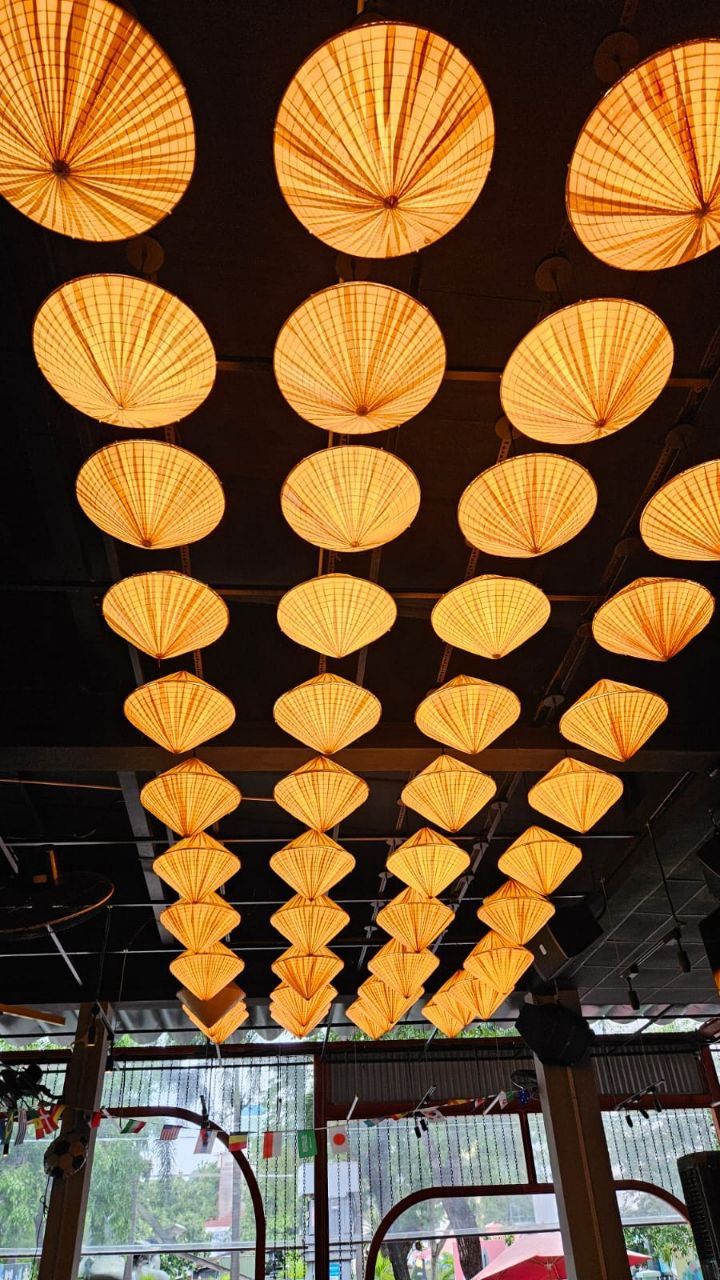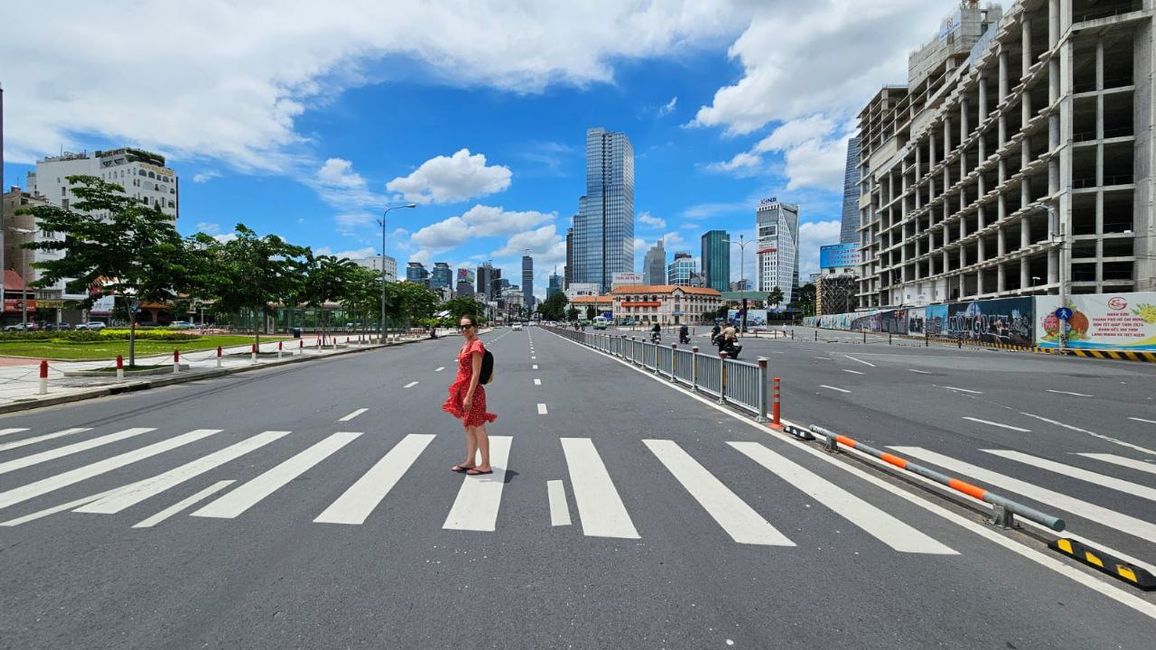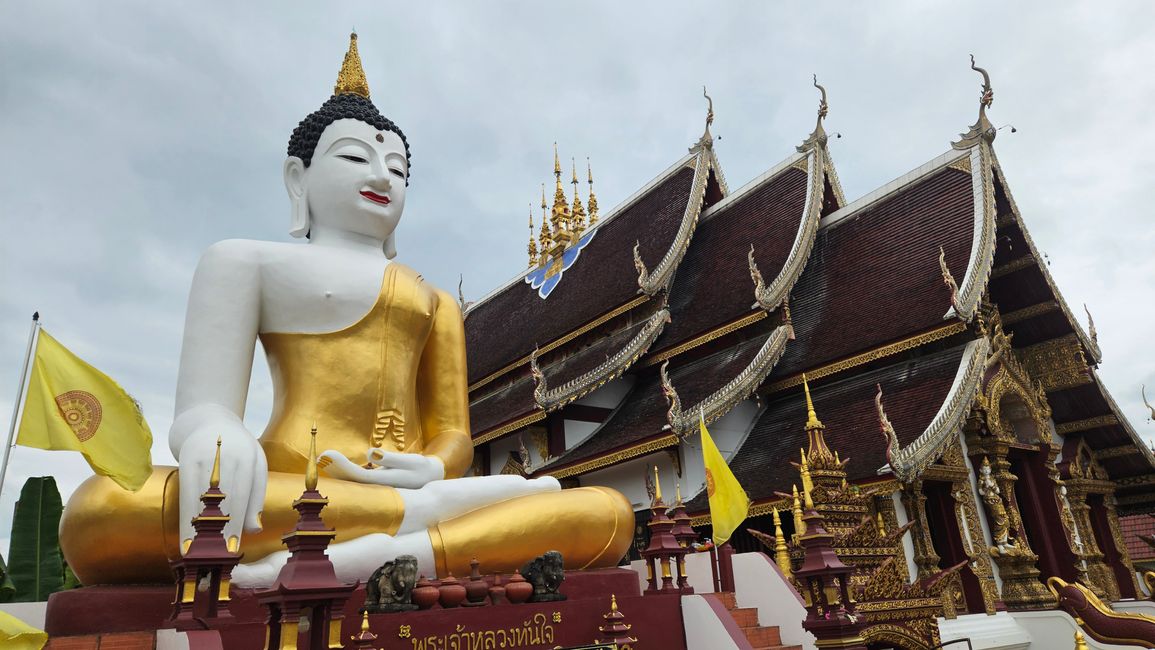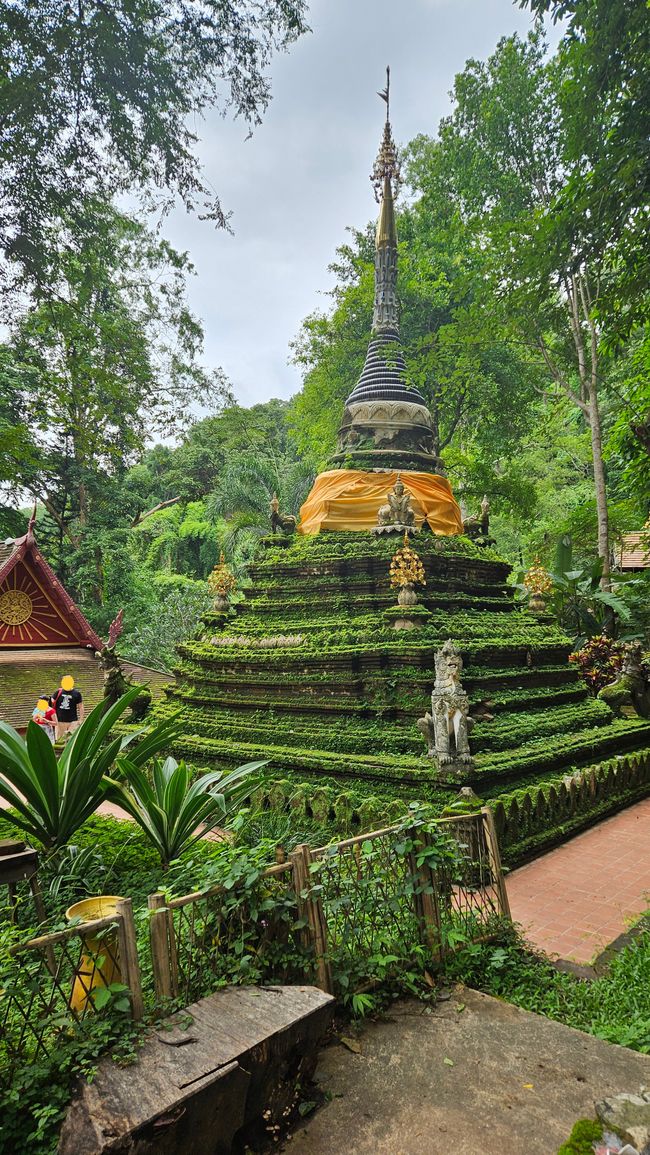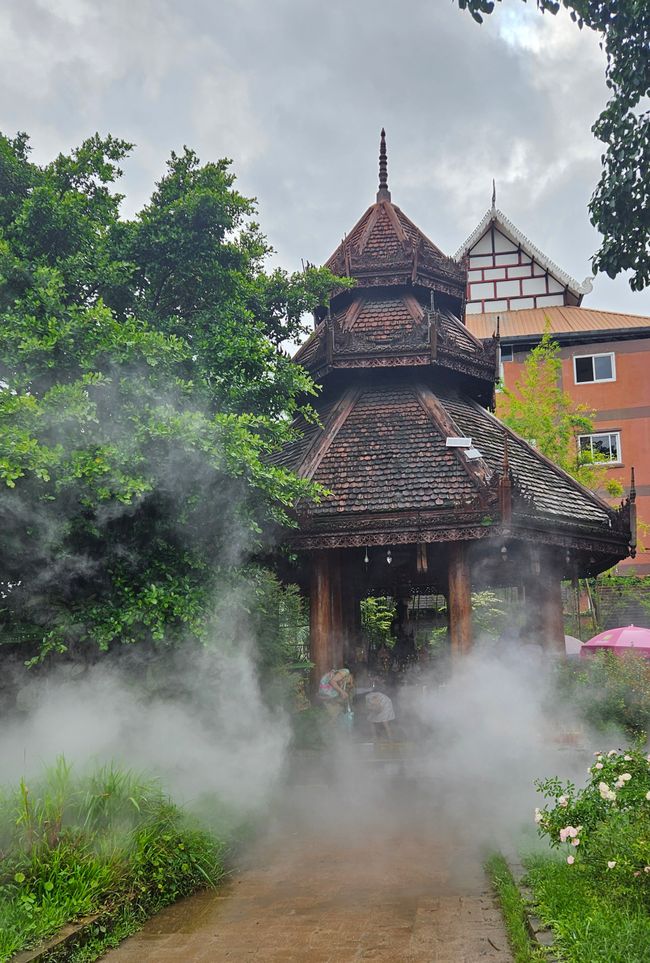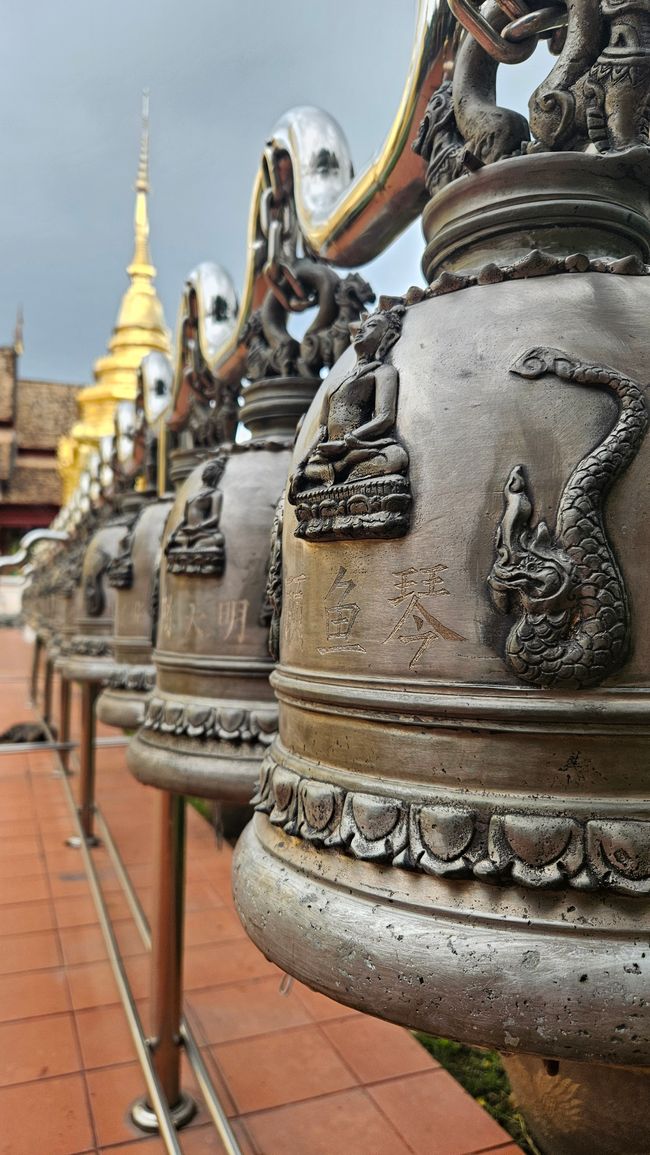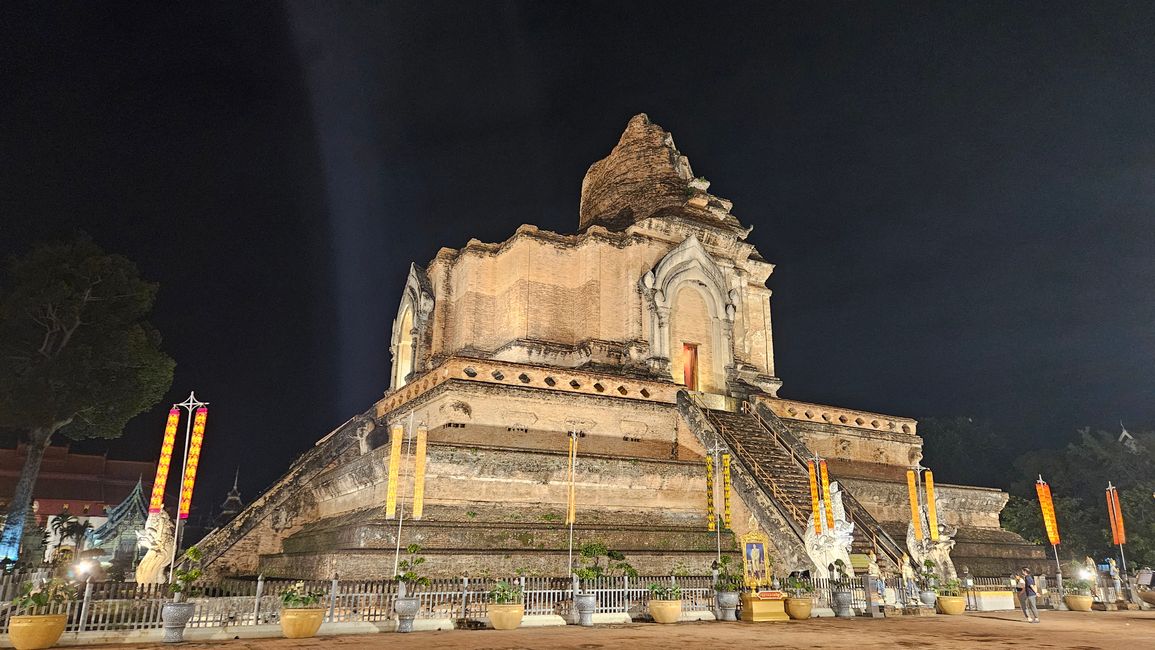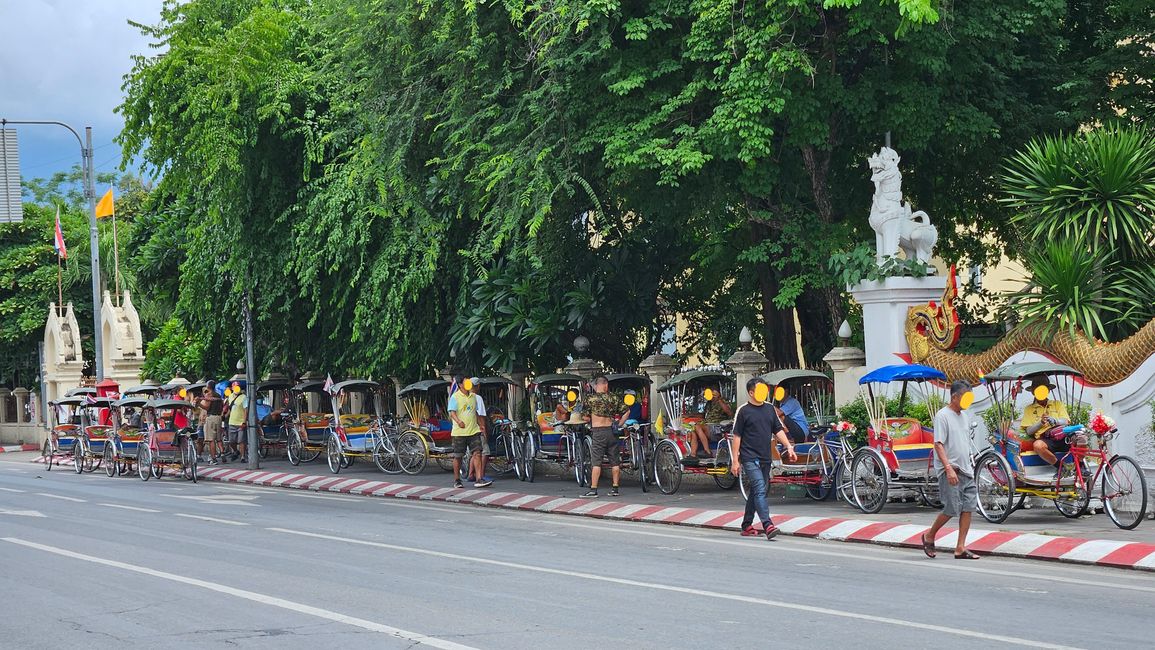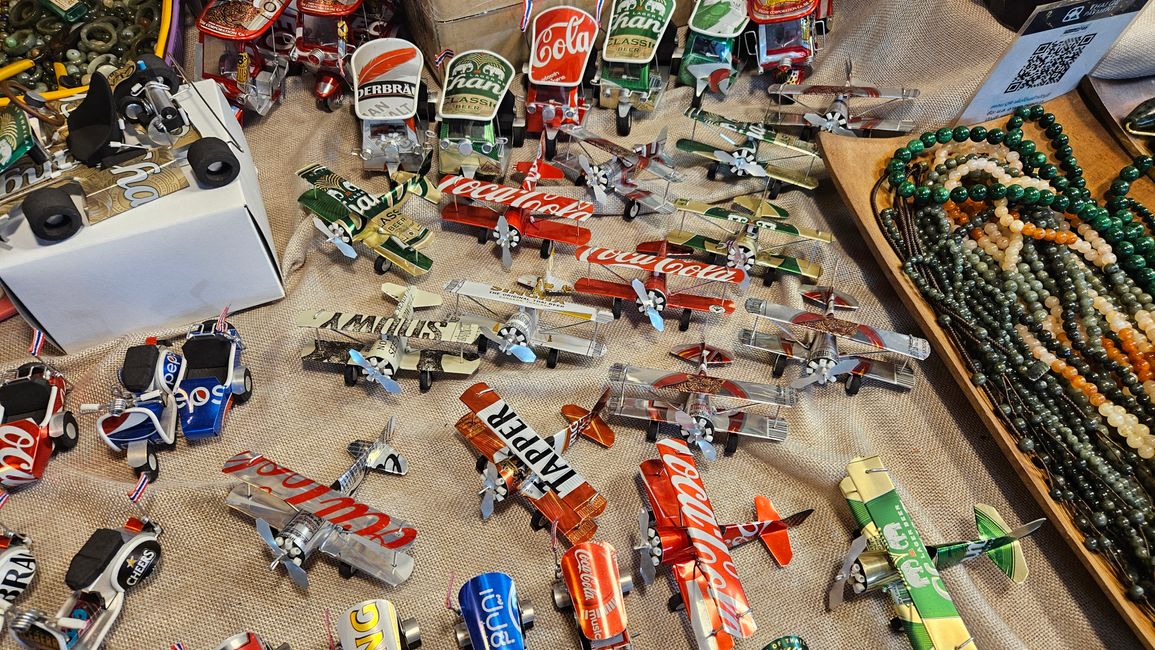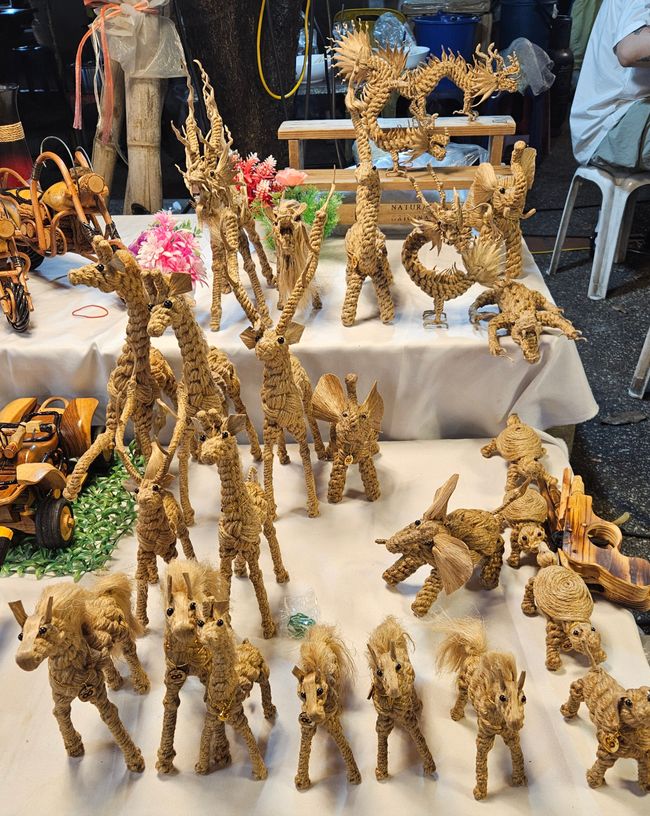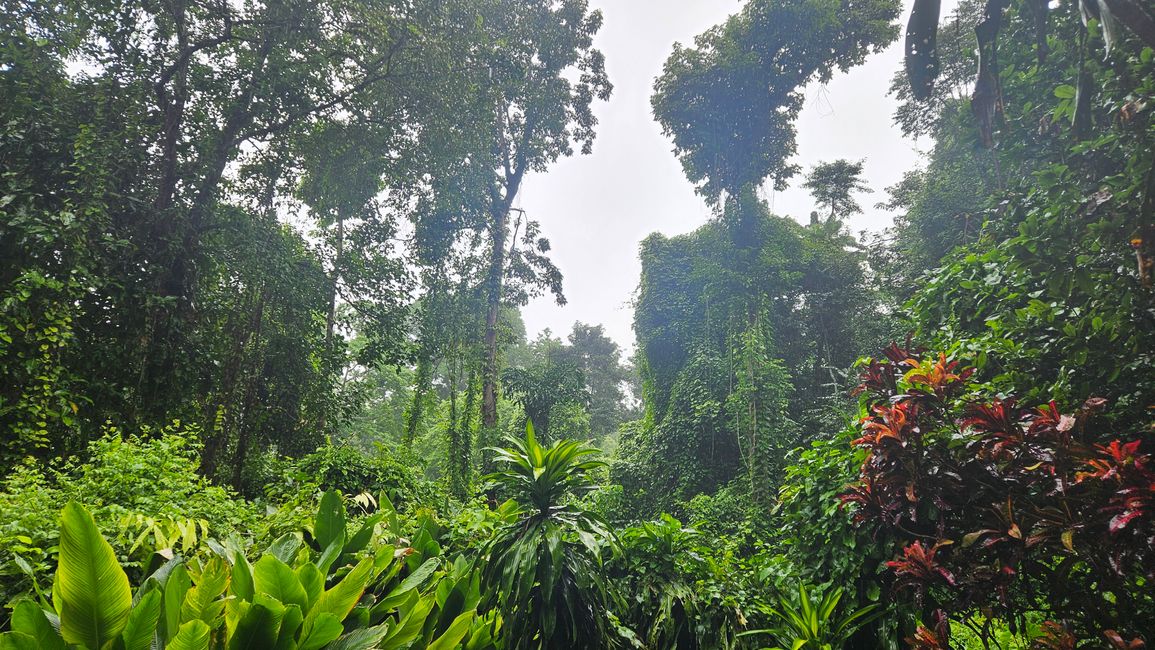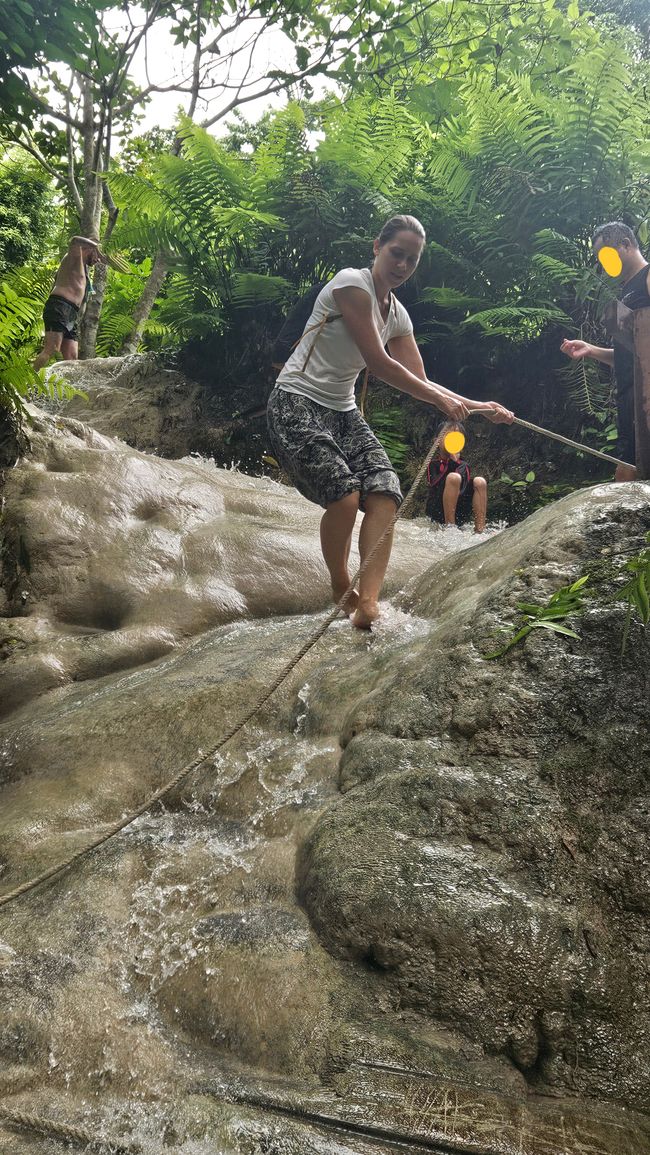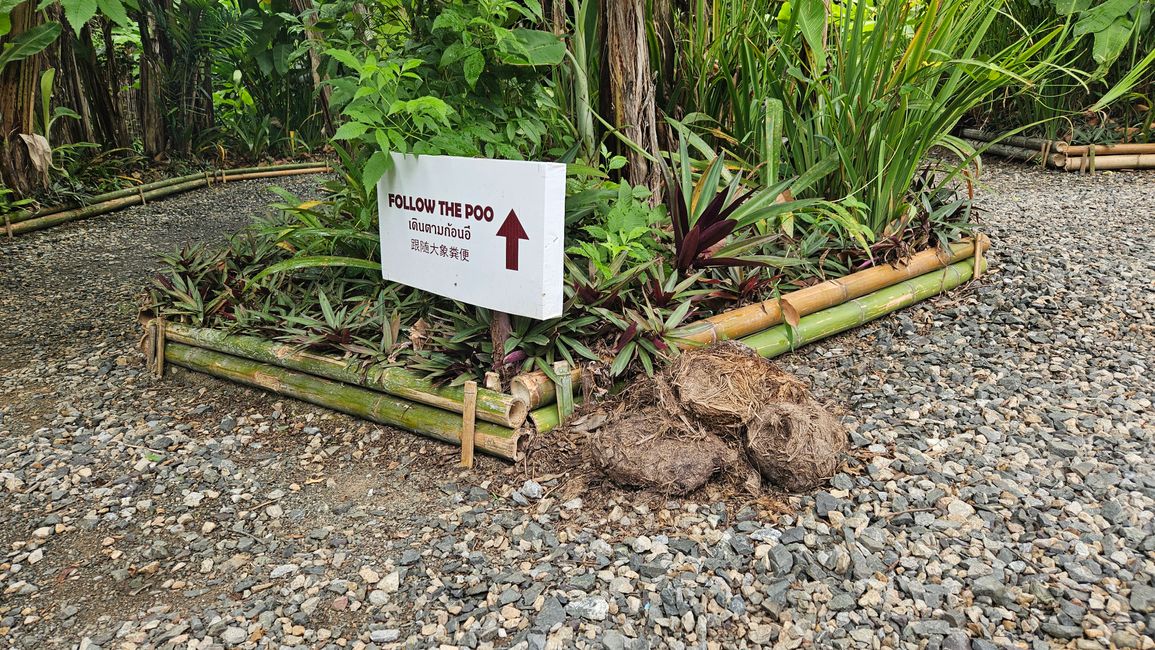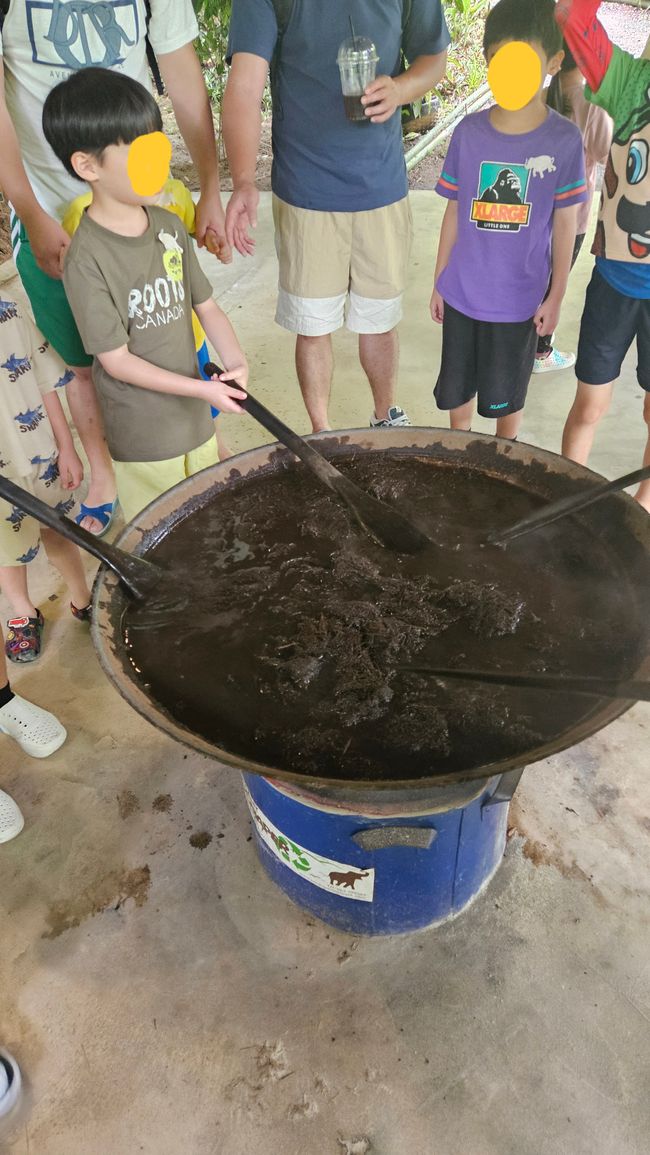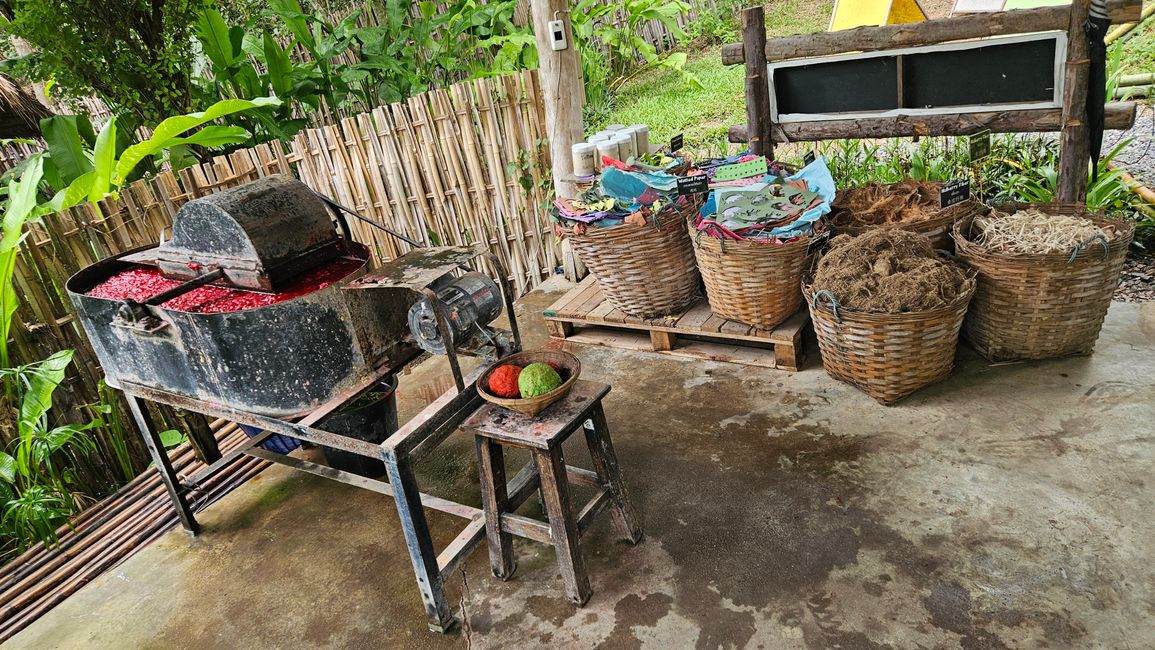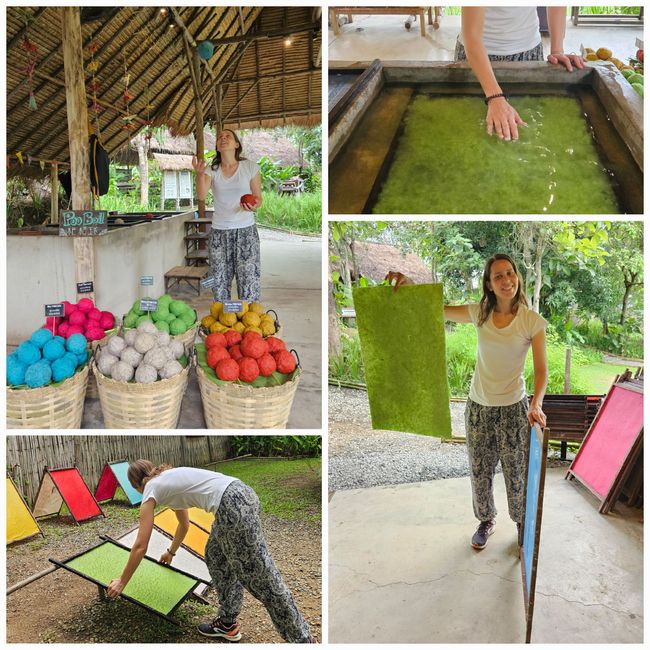Chiang Mai
Eldonita: 15.08.2024
Abonu al Informilo
From Bangkok, one can reach Chiang Mai using various means of transportation with differing travel times: for example, by plane it takes 1.5 hours, a minivan takes 12 hours, and the train takes a whopping 15 hours - if everything goes smoothly. On the return journey from Lop Buri to Bangkok, we met a couple on the train who came from Chiang Mai. What they described about the 15-hour train ride sounded to me like a form of self-punishment, so I opted for the plane. However, to balance it out, I took the only city bus in Chiang Mai instead of a taxi to get from the airport to my accommodation.
In Chiang Mai, one can primarily visit many different Wats, which you inevitably stumble upon as you move around the city. In the square old town measuring 1.5x1.5 km alone, there are over 15 Wats, and I visited a few of them. Additionally, I took a short hike on the Monk's Trail to Wat Phra That Doi Suthep, which can even be seen from the airplane, and I met Chloe from Australia along the way.
In the city center, several streets are closed to cars and mopeds every Sunday because the Sunday Walking Market takes place there starting at 4 PM. Tents are set up in the streets, showcasing the well-known knick-knacks, and food stalls settle in the courtyards of some Wats, allowing customers to come, spend their money, and fill their bags. The funniest part was a man demonstrating his sewing machines made from staplers.
I also took a day trip to the Sticky Waterfall. At this waterfall, not only can you watch the water tumble down the picturesque rocks over three levels for 100 meters, but you can also hike up it. The waterfall is fed by a calcium-rich spring whose deposits prevent slippery algae from forming. The rough rocks thus provide good grip, and if you do slip a little, the cool water offers a pleasant cooling off.
I pondered a lot about whether I wanted to visit an elephant sanctuary. The sanctuaries house elephants that were previously used as working animals and have been rescued. Their former jobs included helping with deforestation, allowing tourists to ride them, or performing tricks. In most sanctuaries, the daily routine now involves being fed by visitors, followed by a joint walk that ends with a shared bath. Walking and bathing with elephants would definitely be very cool, but I can't quite imagine that the elephants simply accept humans, which is still work for them somehow. Therefore, I ultimately decided against a visit.
Instead of an elephant sanctuary, I visited the Elephant Poopoopaper Park, where paper is made from elephant dung (actually, it’s a mix of elephant dung, cow dung, horse poop, and other wood fibers). You could see the individual steps that the dung goes through to turn into a hand-made, colored sheet, and also try your hand at making paper or crafting various things in DIY workshops. Above all, the Elephant Poopoopaper Park aims to raise awareness that despite the ongoing digitalization, vast amounts of paper are needed that cannot be produced solely from wood. The idea of switching from wood to dung to produce most of the world's paper by hand is, of course, nonsense, but I think it's a good idea to highlight the dilemma. So: from now on, always buy recycled paper!
Abonu al Informilo
Respondu
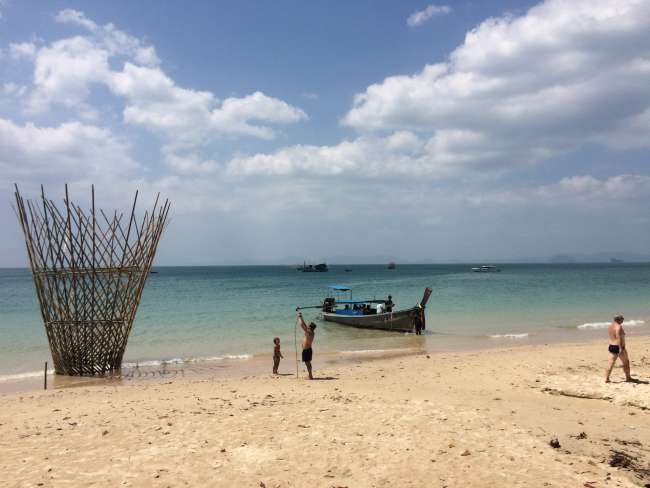
Vojaĝraportoj Tajlando
